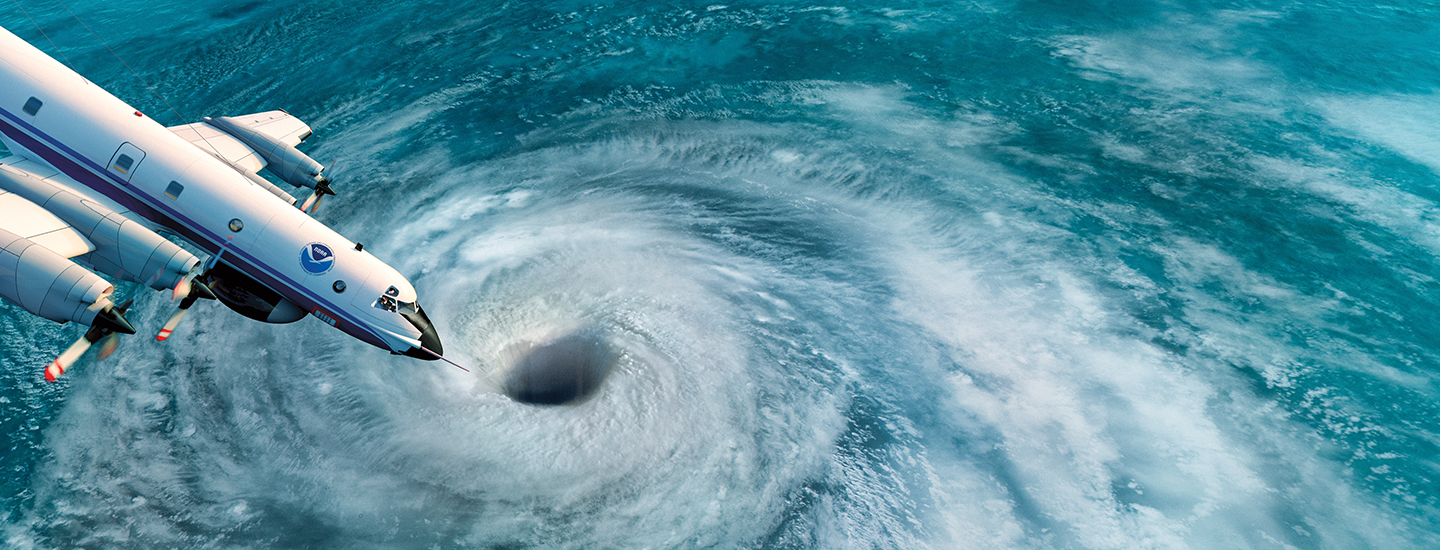The 2020 Atlantic hurricane season was the busiest on record. Thirty tropical storms developed—and 14 of them turned into hurricanes, with winds at or exceeding 74 miles per hour.
The Atlantic hurricane season runs from June through November, with storms developing in the Atlantic Ocean, the Gulf of Mexico, and the Caribbean Sea. This year’s Atlantic season is again predicted to be busier than usual.
Hurricanes are powerful spinning storms, frequently hundreds of miles wide. Because they can cause massive destruction, it’s crucial that scientists learn as much as they can about them before the storms approach land and endanger lives.
That’s where hurricane hunters come in. These brave National Oceanic and Atmospheric Administration (NOAA) scientists fly into storms to gather data that can help predict a weather system’s path and intensity. Officials use that information to decide whether to order people to evacuate an area.
And now, hurricane hunters are testing a new tool that may significantly improve hurricane forecasts: drones. Released from the planes midflight, the unmanned aircraft can reach parts of major storms that humans are unable to access.

